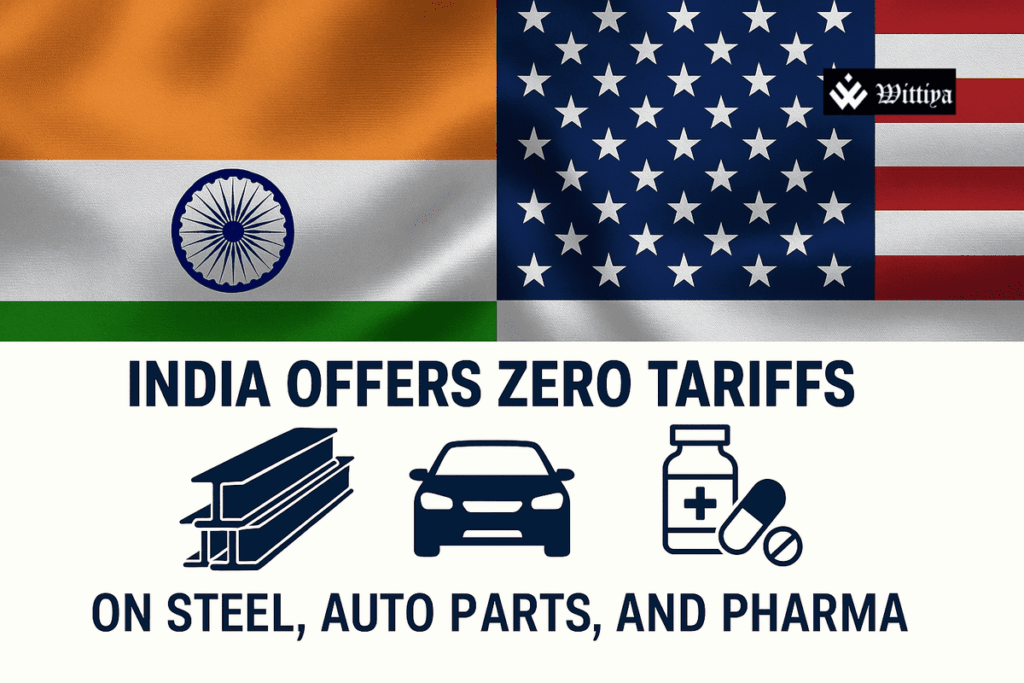India has offered a zero-for-zero tariff deal for certain imports, including steel, auto components, and pharmaceuticals, from the United States, aiming to accelerate bilateral trade negotiations. This deal, part of ongoing discussions, is expected to lead to a final trade agreement by fall 2025.
India has made a bold move in its ongoing trade negotiations with the United States, offering to eliminate tariffs on steel, auto components, and pharmaceuticals. This proposal is conditional on a set import quantity and aims to expedite an agreement on a bilateral trade deal that could be finalized by the fall of 2025.
The zero-for-zero tariff offer would apply only to imports within specific thresholds, beyond which regular duties would be enforced. The discussions between Indian trade officials and their US counterparts, which took place in Washington in late April 2025, are seen as a critical step in advancing the trade negotiations, which have been prioritized in both countries’ economic agendas.
The countries are focusing on key sectors, including steel, automotive, and pharmaceuticals, which are central to their economic relations. India’s decision to extend this offer is seen as an effort to strengthen trade ties with the US, particularly as the two nations navigate a shifting global economic landscape.
This move comes amidst broader economic challenges, including a contraction in the US economy. Former US President Donald Trump had earlier suggested that interim trade deals could be finalized soon to offer relief to trading partners, such as India, seeking to avoid higher US import duties.
In return, Washington has requested that India address concerns around Quality Control Orders (QCOs), which the US regards as non-tariff trade barriers. These mandatory quality standards, which apply to both domestic and foreign manufacturers, have drawn criticism for their lack of transparency. India has indicated a willingness to reconsider these standards in sectors such as medical devices and chemicals, which could help further advance negotiations.
India’s proposed tariff reduction is part of a broader strategy to secure a mutually beneficial trade agreement with the United States, reinforcing both nations’ economic interests.
